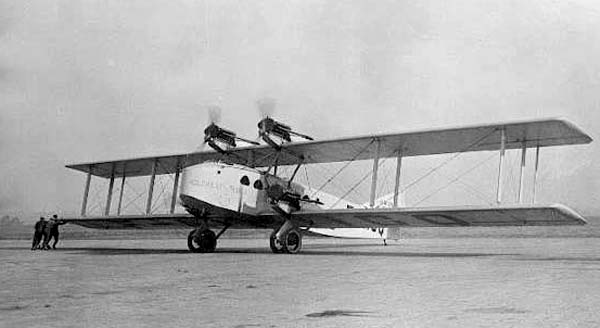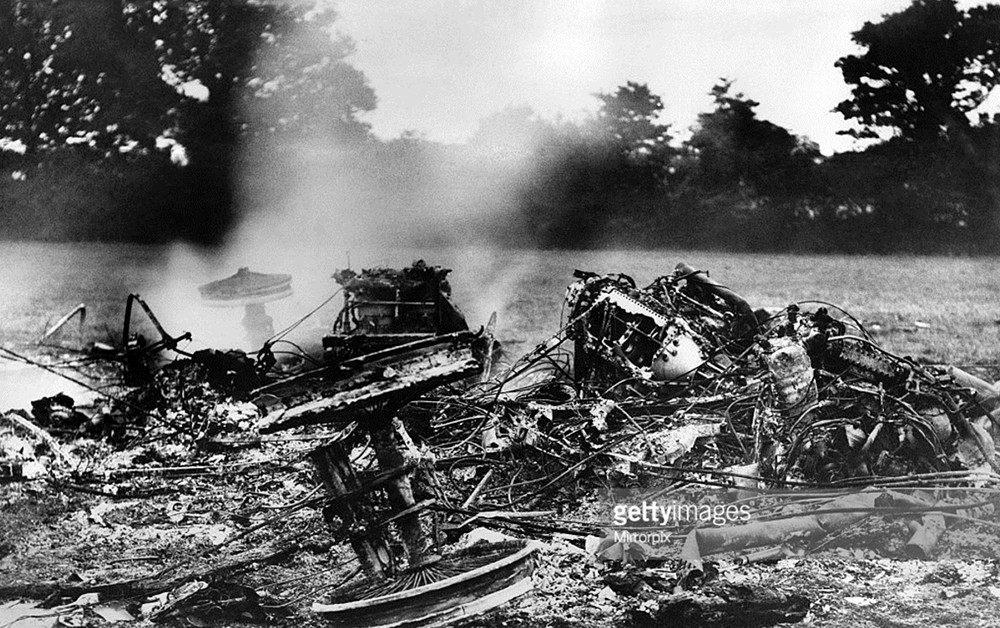Crash of a Blackburn B-26 Botha I in Penshurst: 4 killed
Date & Time:
Feb 24, 1941
Registration:
L6262
Survivors:
No
Schedule:
Millom - Detling
MSN:
7868/9
YOM:
1940
Crew on board:
4
Crew fatalities:
Pax on board:
0
Pax fatalities:
Other fatalities:
Total fatalities:
4
Circumstances:
The crew departed RAF Millom on a training flight to RAF Detling. En route, the twin engine aircraft went out of control, dove into the ground and crashed in a huge explosion. All four occupants were killed.
Crew (2nd Bombing Gunnery School):
P/O Sidnyey Guy Rodd, pilot,
Sgt Geoffrey Leo Pitman, navigator,
LAC Phillip Leslie Jackson,
AC1 Harold Davenport.
Crew (2nd Bombing Gunnery School):
P/O Sidnyey Guy Rodd, pilot,
Sgt Geoffrey Leo Pitman, navigator,
LAC Phillip Leslie Jackson,
AC1 Harold Davenport.






